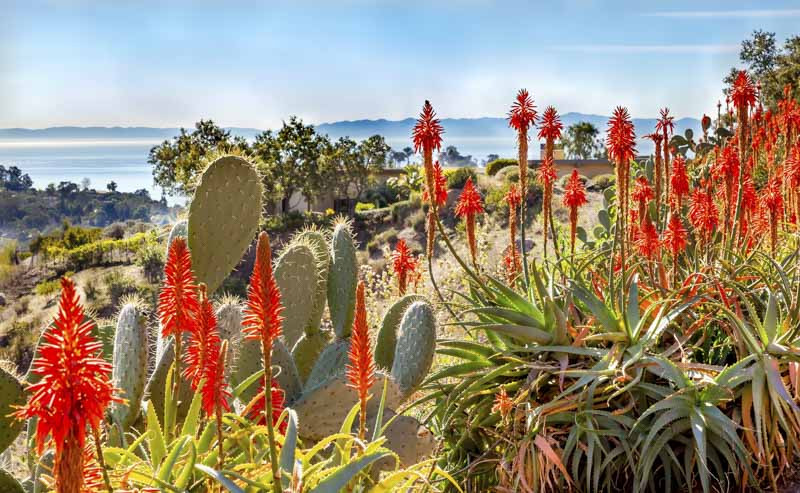Central California - The Best Plants to Grow in Your Garden
Central California’s diverse climate presents a wide range of opportunities for gardeners. Spanning Sunset Climate Zones 1-3, 7-9, and 14-23, the region includes coastal areas, valleys, and mountains, each with distinct growing conditions. Here are tips for selecting plants in Central California:
- Understand Your Zone: Start by understanding your specific climate zone. A plant that thrives in the cooler, foggy conditions of Zone 17 along the coast might struggle in the hotter and drier Zone 8 of the Central Valley.
- Drought-Tolerant Plants: With California’s recurring droughts, choosing drought-tolerant plants is wise. Native plants like the California Poppy, Ceanothus, and Manzanita are naturally adapted to local conditions.
- Mediterranean Plants: The Mediterranean-like climate of many Central California zones is suitable for plants from similar climates, including Lavender, Rosemary, and Olive trees.
- Improve Your Soil: Depending on where you are, your soil could be sandy coastal soil, fertile valley soil, or rocky mountain soil. Adding compost improves soil fertility and drainage.
- Consider Microclimates: Look for microclimates within your garden. A south-facing wall, for example, can create a warm microclimate even in cooler zones.
- Plant for Your Conditions: If you’re in a coastal zone with fog and wind, choose wind-tolerant plants that can handle salty air. In hotter and sunnier zones, opt for sun-loving, heat-tolerant plants.
- Seek Local Advice: Nurseries, local garden clubs, and cooperative extension services can provide advice and resources tailored to your specific location and climate zone.
Remember, successful gardening in Central California starts with selecting the right plants for your zone and conditions.

